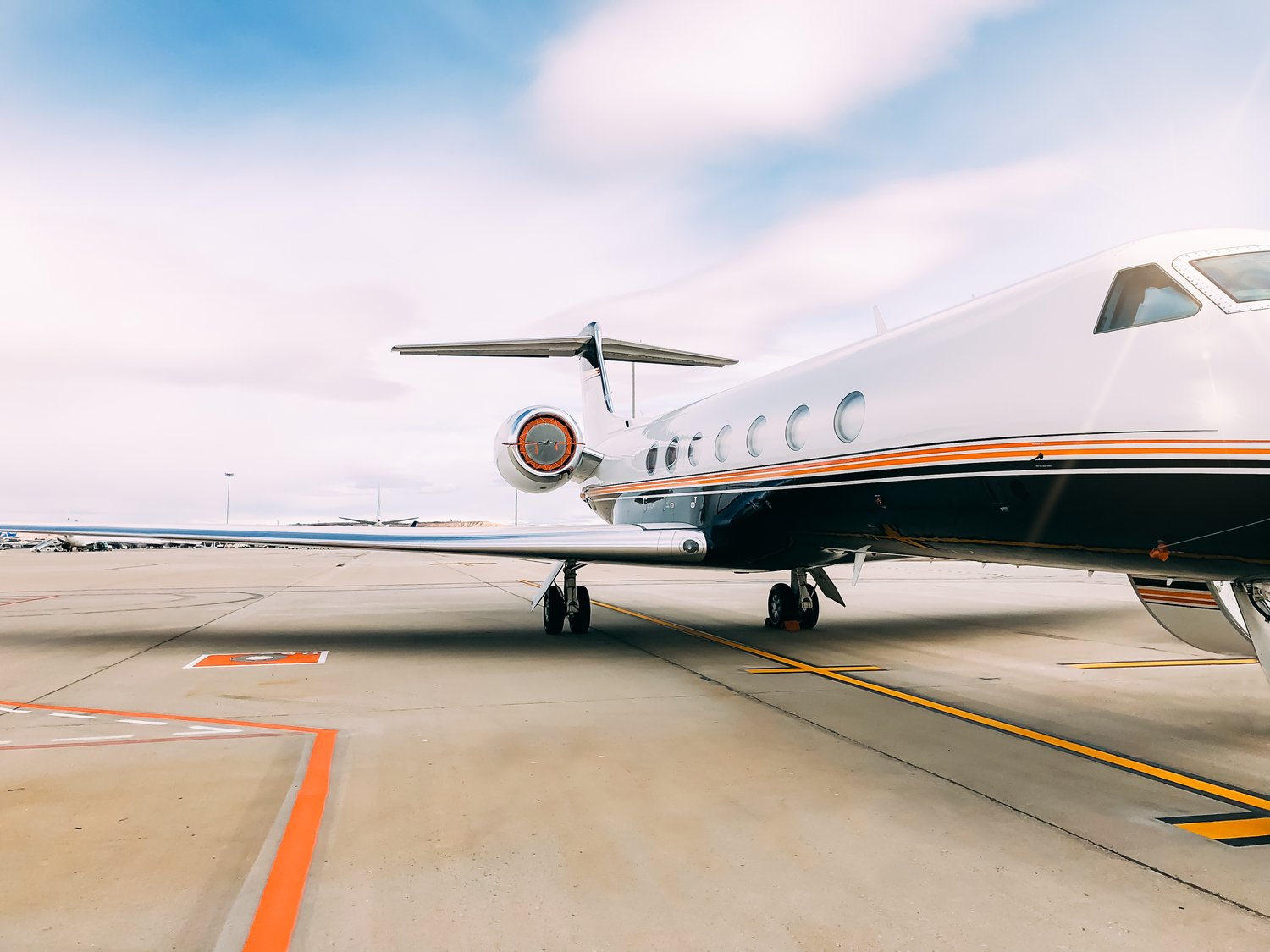Buying a commercial aircraft is no small task. The price of commercial aircraft for sale in the USA can swing widely, and many factors influence them. Some jets cost millions, while others seem like a bargain. But why? Let’s break it down in simple terms.
Aircraft Model and Type
Some models hold value better than others. Wide-body jets, like Boeing 777s, cost more than narrow-body ones, like Boeing 737s. Regional jets, used for short flights, are cheaper. Demand matters too. If airlines need a certain model, prices climb. If newer models replace an old one, resale value drops.
Market Demand and Supply
Like anything, supply and demand drive prices. When airlines upgrade fleets, used aircraft flood the market. This pushes prices down. But if travel demand is high and fewer planes are available, prices rise. Economic downturns can also drop aircraft values fast.
Engine Condition and Maintenance History
Engines make up a big chunk of an aircraft’s price. Well-maintained engines add value. If they need an overhaul, the aircraft's cost may drop. Buyers check logs for major repairs or part replacements. A jet with fresh engine service will cost more.
Operational Costs
Some aircraft burn more fuel than others. Older models tend to be less fuel-efficient. High fuel costs make those planes less desirable. Airlines also consider repair expenses. A plane with easy-to-find spare parts costs less to maintain.
Interior and Cabin Features
Passenger comfort plays a role. Airlines prefer aircraft with updated cabins. Modern seats, better lighting, and entertainment systems boost resale value. A jet with an old, worn-out interior may need costly upgrades.
Regulatory Compliance
Planes must meet strict safety rules. If an aircraft needs modifications to meet current laws, its price can drop. Buyers check compliance records before sealing a deal. Planes needing fewer modifications are more attractive.
Previous Use and Ownership
A plane used for cargo may have a different value than one used for passengers. Aircraft that have flown less may hold more value. If a reputable airline owned it, that can add trust and value.
Commercial Aircraft Leasing vs. Buying
Some airlines prefer leasing over buying. Leasing allows flexibility. When fewer airlines buy and more lease, resale values can dip. Leasing firms also influence the market. If they release large numbers of jets, prices may fall. When lease terms end, many aircraft hit the market at once, shifting prices.
Economic Conditions and Fuel Prices
The economy affects aircraft pricing. A strong economy means more travelers. Airlines expand, and demand rises. In a weak economy, airlines cut costs. Used aircraft prices fall. Fuel prices also matter. High fuel costs make older jets less attractive. Newer, fuel-efficient models see higher demand.
Technology Advancements
Newer aircraft have better tech. Fuel-saving designs, lighter materials, and improved aerodynamics boost value. Older models drop in price when new tech makes them outdated. Buyers compare features before making decisions.
Availability of Spare Parts
Jets with easy-to-find parts cost less to maintain. If a model is rare, parts may be expensive or hard to find. Buyers factor this into the total cost.
Conclusion
The price of commercial aircraft for sale in the USA depends on many things. Age, demand, fuel costs, and maintenance all play a role. Buyers must weigh these factors before making a purchase.
MFS Aircraft specializes in aircraft and jet engine financing, leasing, and sales. They help buyers find the right deal based on budget and needs. Their team knows the market and provides financing options that suit different buyers. They also assist in structuring leasing agreements for airlines looking for flexible options. Those searching for commercial aircraft solutions can rely on their expertise. With strong industry knowledge and financing support, MFS Aircraft makes purchasing or leasing commercial jets easier.

